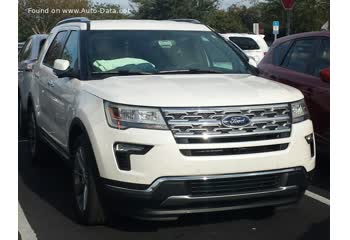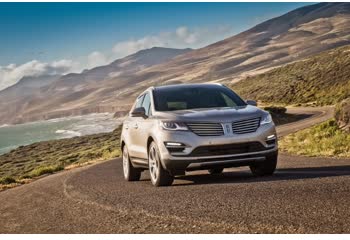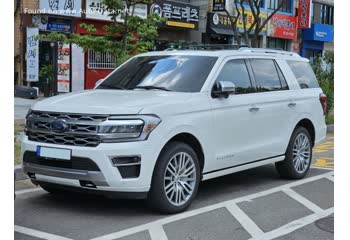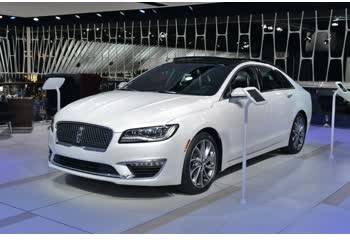Ford Forscher 2024 - 2.3 EcoBoost (300 Hp) 4WD Automatic Spezifikationen
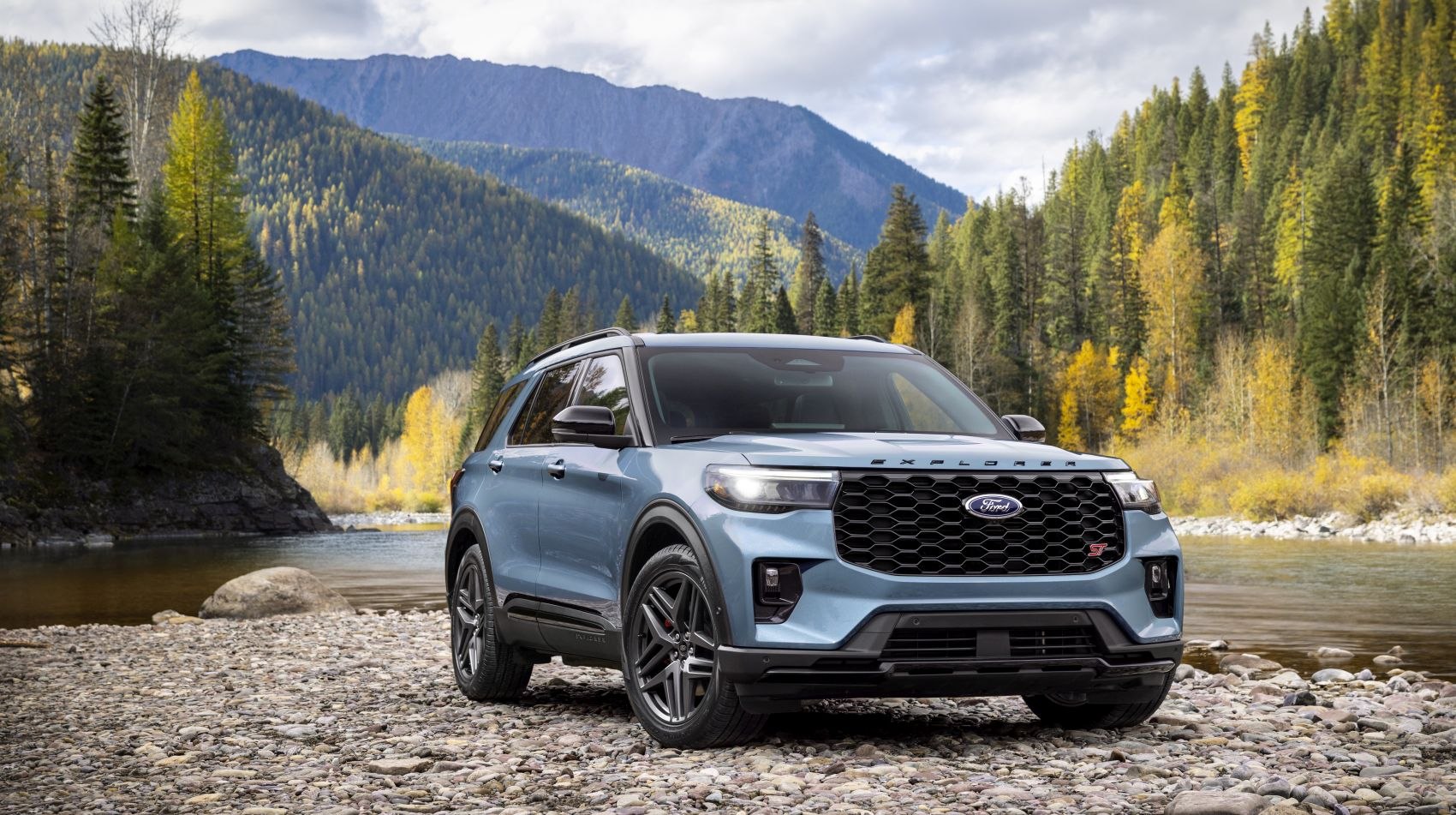

Überblick
Welchen Hubraum hat ein Ford Forscher 2024?
Die Motorkapazität des Ford Forscher 2024 beträgt 2261 cm.
Ford Forscher 2024 Wie viele PS?
Die Motorleistung des Ford Forscher 2024 beträgt Verbrennungsmotor.
Was ist die Ford Forscher 2024-Engine?
Ford Forscher 2024-Engine ist EcoBoost. (Klicken Sie hier, um andere Autos mit demselben Motor anzuzeigen.)
Allgemein:
Marke
Ford
Modell
Forscher
Generation
Forscher VI (facelift 2024)
Modifikation (Motor)
2.3 EcoBoost (300 Hp) 4WD Automatic
Produktionsstart
Februar, 2024
Ende der Produktion
Antriebsstrangarchitektur
Verbrennungsmotor
Körpertyp
Sitze
6-7
Türen
5
Motor:
Motorsysteme
Start & Stop System
Leistung
Verbrennungsmotor
Leistung pro Liter
132.7 PS/l
Drehmoment
420 nm
Motormodell/Code
Hubraum des Motors
2261 cm
Anzahl der Zylinder
4
Motorkonfiguration
Inline
Anzahl der Ventile pro Zylinder
4
Kraftstoffeinspritzsystem
Direct injection and Multi-port manifold injection
Motoranstrengung
Turbocharger, Intercooler
Ventiltrieb
DOHC, TI-VCT
Motorölkapazität
4.7 l
Kühlmittel
12.8 l
Motorlayout
Vorne, Längs
Zylinderbohrung
84 mm
Kolbenhub
102 mm
Kompressionsverhältnis
10.6
Leistung:
Kraftstofftyp
Petrol (Gasoline)
Elektrisches System:
Größe und Platz:
Platz im Kofferraum (Kofferraum) – maximal
2430 l
Platz im Kofferraum (Kofferraum) – Minimum
462 l
Zulässige Anhängelast mit Bremse (12 %)
2268 kg
Fassungsvermögen des Kraftstofftanks
68 l
Abmessungen:
Überfahrwinkel (Bremswinkel).
16.5-17.6°
Länge
5047 mm
Breite
2004 mm
Höhe
1768-1783 mm
Radstand
3025 mm
Breite mit eingeklappten Spiegeln
2101 mm
Breite inklusive Spiegel
2268 mm
Vordere Spur
1699 mm
Hintere (hintere) Spur
1699 mm
Vorderer Überhang
853 mm
Hinterer Überhang
1169 mm
Fahrhöhe (Bodenfreiheit)
193-208 mm
Anfahrwinkel
19.7-20.5°
Abflugwinkel
21.1-21.5°
Kraftübertragungssystem, Federung und Bremssystem:
Antriebsstrangarchitektur
The Internal combustion engine (ICE) drives the rear wheels permanently, and the front wheels are driven through an electrically or mechanically operated clutch if necessary.
Antriebsrad
All wheel drive (4x4)
Anzahl der Gänge und Art des Getriebes
10 gears, automatic transmission
Vorderradbremsen
Ventilated discs
Hintere Bremsen
Ventilated discs
Assistenzsysteme
ABS (Anti-lock braking system)
Lenkungstyp
Steering rack and pinion
Servolenkung
Electric Steering
Reifengröße
255/65 R18; 255/55 R20; 275/45 R21
Felgengröße
18; 20; 21
